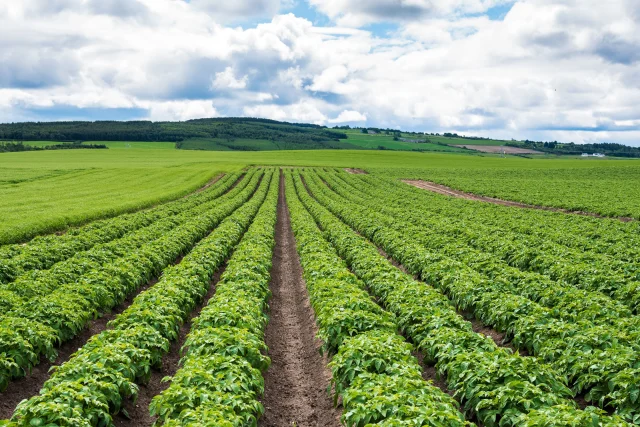Published on 1st January 2023
Local Insights
Managing post emergence herbicide sprays in winter wheat in East Anglia

Sam Harvey delves into how to approach post emergence grassweed control in early spring
Managing post emergence herbicide sprays in winter wheat in East Anglia Content
Crop Progress
Relatively early drilled crops combined with relatively mild conditions either side of a couple of cold spells, means crops are well on. Many wheat crops were in the ground by late September into early October well ahead of peak germination of black-grass and ryegrass and dry conditions pre-drilling limited opportunities for a grassweed flush pre-drilling. This was compounded by soil temperatures remaining relatively warm well into November so grassweeds would have been developing quickly against residuals with shorter persistency. Individual situations will need careful consideration where a contact herbicide wasn’t applied last year.
Sam’s agronomy tips for November
1. Getting the most from contact-acting herbicide?
A mesosulfuron-containing product will be necessary for contact activity on black-grass or ryegrass. There are a range of products available so feel free to get in touch if you need any guidance for specific situations. The need to partner with a residual reduces now unless crops were late, the crop stand is thin and there is a concern of subsequent and protracted germination.
With contact herbicides, application is key. Getting the fundamentals, such as water volume, nozzle choice, boom height/stability, forward speed and ensuring application to a dry leaf and allowing sufficient drying time will make all the difference between satisfactory control or not. Whatever the potential percentage control is for a specific situation (given resistance status) control can be halved quickly with basics of application carried out in less than optimal conditions.
It has been a wet start to the year so travelling may present issues, but it’s starting to get a little lighter in the evenings which will help, but remember days are short, so make the most of the opportunities of still, dry, sunny days. The key is not to push your luck with too many tank-loads a day otherwise product won’t have at least a couple of hours to dry on the leaf. Timing is key, and it’s important to apply to small actively growing plants but above all apply in optimal conditions. We’ve had a couple of cold spells so consider each situation carefully. If the lawn is growing that’s a good reference.
2. Understand your enemy with resistance testing
Knowing your enemy when choosing herbicide strategy is key and no less so for contact chemistry. Resistance testing is the only way to know.
A recent ryegrass resistance survey reinforced this, highlighting the huge variation of herbicide sensitivities within populations, both within field and between fields which have been treated the same agronomically. Making an assumption about a population’s resistance status from other resistance test results on the farm, even if it may be thought the population is the same, is, in fact, likely to be more different than you think resulting in the wrong course of action.
The recent ryegrass resistance survey also highlighted how situations with poor or failing control resulted in poor control from reasons other than resistance as often as resistance, highlighting the need to focus attention on the fundamentals such as spray application and timing.
Reassuringly the survey identified there was limited cross resistance between contact and residual chemistry which highlighted the need for mode of action diversity in the whole herbicide programme, but again make sure you understand the populations within fields by carrying out representative resistance sampling and interpreting results in the right way to make informed decisions.
3. Protect new growth in oilseed rape crops
Oilseed rape crop establishment varied hugely, but there are some good-looking crops, albeit some look ‘well-wintered’ following cold weather without snow cover and resident cabbage stem fela beetle larvae. In general applications of a fungicide pre-Christmas were few and far between - it will be important to consider disease control prior to stem extension. Most crops will have been growth regulated with the cold weather and pigeon grazing.
Light leaf spot can be damaging if it gets onto flower buds. Priority should be given where varietal resistance is low, no autumn fungicide was applied and or the crop has a close proximity to oilseed rape last year. Light leaf spot development will have been slowed by the cold spells but the wet conditions and forward autumn growth will have increased levels of inoculum. If in doubt SpotCheck is available to help ascertain levels of latent disease in your crop. Get in touch if you require a sample kit.


